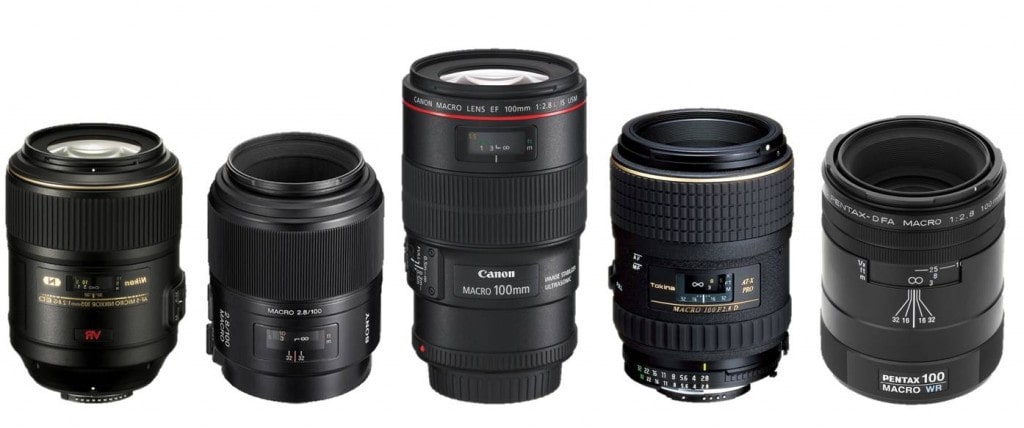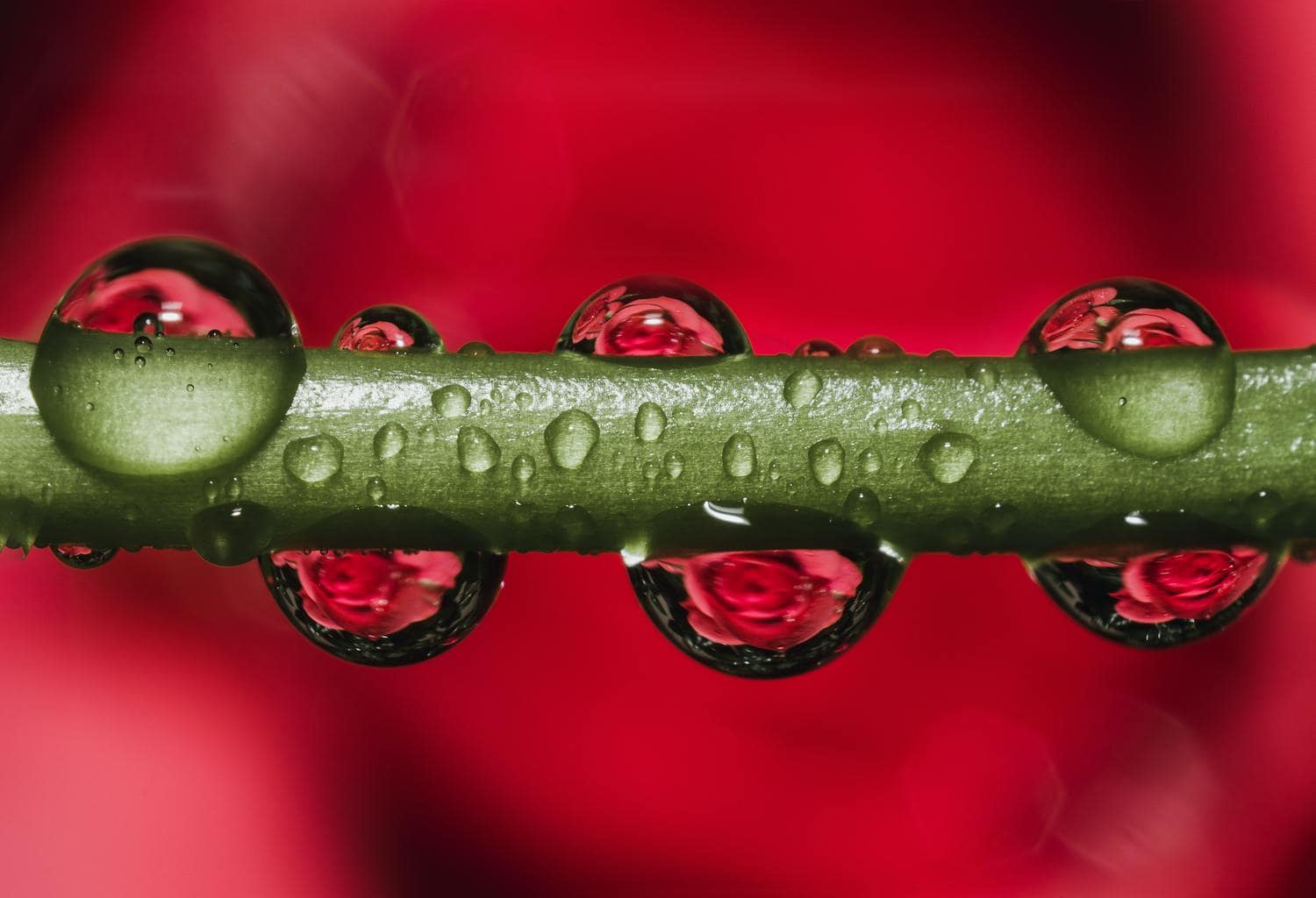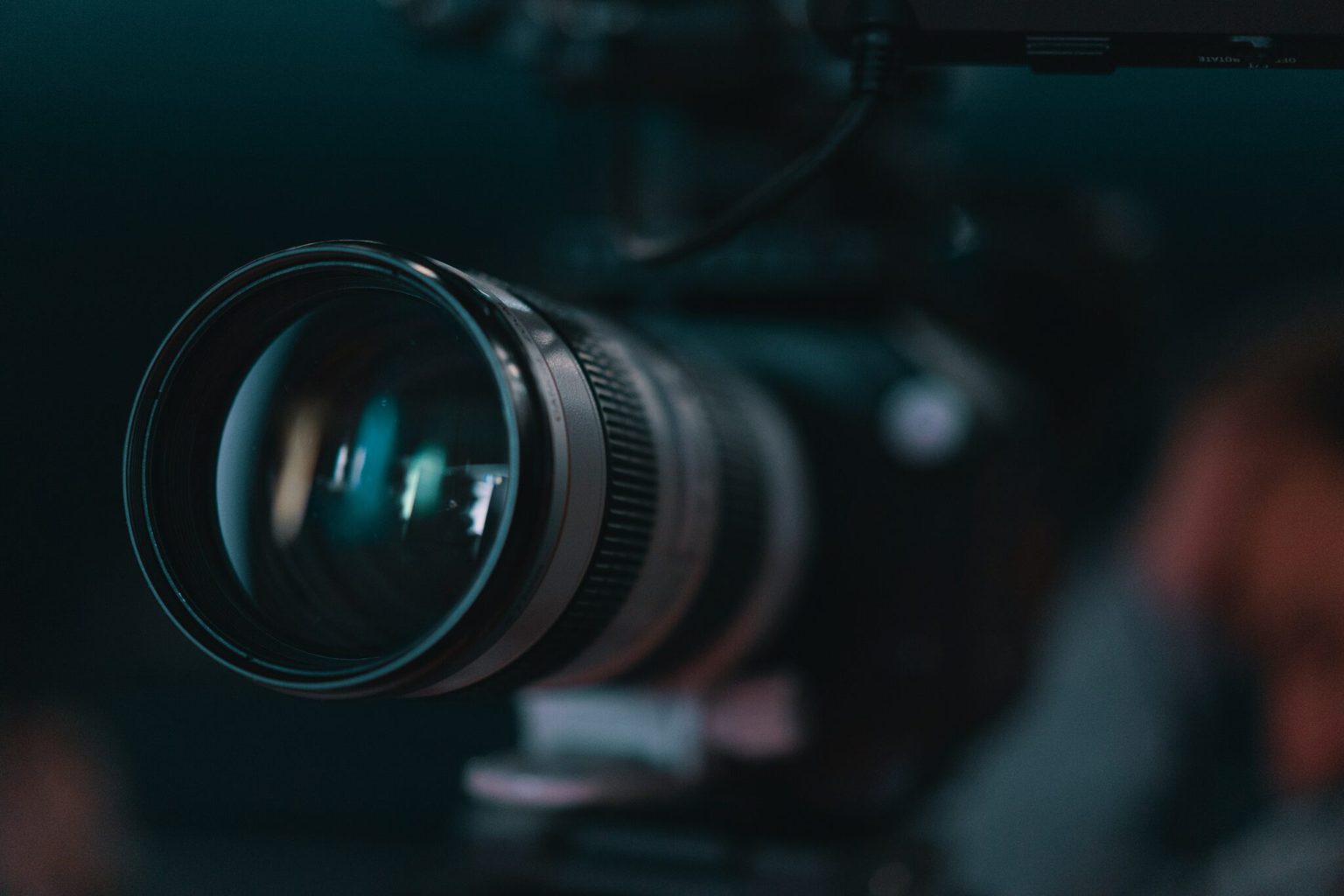As you begin to gain experience as a photographer and become an expert in handling your camera, I am convinced that you will want to enter new and exciting worlds within this wonderful art.
Macro lenses are like a one-way ticket to a new world where everything is yet to be discovered. But, as in any trip, taking the first steps can be somewhat disconcerting, especially if you take into account the number of alternatives available on the market. It can be a real dizzy.
That is why today I present this guide to macro lenses, classified by focal lengths, so that you can have an idea of which is the ideal macro lens for you.
Buckle up, because this approach ride is about to begin!

WHAT IS A MACRO LENS USED FOR?
Macro photography, as its name indicates, is a branch of photography that is dedicated to photographing subjects or objects that will look "very large" in the final photograph; in actual size (1:1) or even larger. In order to achieve this, a special objective is necessary that allows you to photograph them in such conditions, that is, a macro objective.
Macro lenses allow you to reproduce a subject in a photograph, whatever it may be, in real size, or even much closer, thanks to its magnification capacity and its minimum focusing distance.
This means that, if you take a photo of a bee that is one centimeter long, it must occupy at least one centimeter on your camera's sensor, that is, a large portion of the frame will be occupied by it.
Macro lenses specially designed for this purpose have a magnification ratio of 1 or a 1:1 ratio between the size of the subject and the size it occupies on the sensor. Despite this, there are macro lenses capable of focusing in a 5 to 1 ratio, which makes them almost microscopes.

Macro lenses are characterized by a shallow depth of field or area in focus in the image. In this video I explain what depth of field is in a super easy way:
RECOMMENDED MACRO LENSES BASED ON FOCAL LENGTH
Now let's see what lenses I recommend according to their focal length. you do not know what it is? In the following link we explain in detail what focal length is and how it influences your photographs.
SHORT MACRO (FROM 30 TO 50MM APPROXIMATELY)

Macro lenses with “short” focal lengths ( small mm number ) will allow you to take close-up photos with a greater depth of field than “long” ones ( large mm number ) since the shorter the focal length, the greater the depth of field. achieved in your photographs. This can be really useful if you want your subjects to be completely in focus.
This great advantage can be overshadowed by an associated disadvantage: you will have to get extremely close to your subject in order to get a life-size (1:1) image . If you have in mind photographing insects or other elusive subjects, with these objectives the task is complicated since you will have to get the front lens of the objective very close to your subject, being able to scare it away.
Another disadvantage of having to get very close is that the camera itself usually obstructs the light source you are using, whether natural or artificial, due to the short distance that must exist between the subject and your camera.
So why take them into account? Choosing a macro lens will not only depend on what you are going to use it for, but also on your budget. Keep in mind that these lenses are much cheaper than "long" macro lenses.
If you are thinking of getting one of these macro lenses, be sure to take a look at the following models:
- Nikkor 40mm f/2.8 AF-S DX VR Micro 1:1 for €349.00.
- TTArtisan 50mm F1.2 APS-C MF Lens (for micro 4/3 cameras) at €119.00.
- Canon EF-M 28mm f/3.5 Macro IS STM (for M-mount cameras) for €293.55.
- Olympus M.Zuiko Digital ED 30 mm F3.5 Macro (for micro 4/3 cameras) at €246.50.
- Sony SEL Macro FE 50mm F2.8 for €449.00.
- Nikkor Z MC 50mm F/2.8 for €759.00.

MACRO LONG (60-105MM APPROXIMATELY)

These types of macro lenses are the most common since they allow you to take pictures in almost any situation. Its “longer” focal length provides greater comfort and without losing magnification.
By not having to get as close to your subject, you can take some amazing macro shots without risking scaring your subjects away or blocking the light, but unlike “short” frame lenses, they often cost more than twice as much. The greater the focal length of the macro lens, the more comfort you will have when photographing , but its price will also rise.
In any case, there are many excellent alternatives on the market so that you can get yours. Here my recommendations:
- Nikon AF-S DX Micro NIKKOR 85mm f/3.5G ED VR at €525.00.
- Tokina (for Canon) AT-X 100mm f/2.8 Macro 1:1 at €449.00.
- Sony FE 90 f/2.8 G (Full-Frame), Macro at €967.00.
- Pentax D-FA 100mm f/2.8 Macro WR 1:1 with a lens coating that repels water and dust for about 590 euros.
- Sigma F2.8 DG Art 70mm (for Sony E mounts) for €468.74.
- Sigma105mm F2.8 DG DN Macro Art (For Sony E mounts) at €749.00.
- Nikkor Z MC 105 mm F/2.8 VR S at €1,199.00.
- Canon RF 100mm f/2.8 Macro L IS USM, costs €1,469.00.

The best thing is that you can also use these “long” macros as lenses for your portraits.
TELE MACRO (APPROXIMATELY 150-300MM)

Macro telephoto lenses are widely used for nature photography . These types of objectives are ideal for portraying plants, animals and insects without invading their natural space. Its extremely long focal length allows you to photograph in a 1:1 ratio, that is to say on a real scale, at a much greater distance than the "long" macros without your subjects even knowing you are there.
As you can imagine, these types of telephoto lenses are quite expensive, so it is not common to see a photographer who is not specialized in macro nature photography with one.
This is an example:
- Olympus M.Zuiko Digital ED 300mm F4.0 PRO lens for micro 4/3 cameras, for about €2,850.00.

Other recommended macro telephoto lenses are, for example:
- Panasonic Lumix S F4.5-5.6 MACRO 70-300 mm for Micro Four Thirds mounts : Price: €1,269.00
- Tamron T81076 70-210 mm F/4 (for Canon), for an interesting N/A price
ALTERNATIVES TO MACRO LENSES
Ok, the ideal thing to take a macro photograph is to get a lens specially designed for this purpose, however, it is possible to convert any lens into a macro lens. As? Using these accessories: the reversing rings and the extension tubes.
- Reversing Rings: These reversing rings are placed between the front lens of your lens and the body of your camera to allow you to reverse your lens. In this way, you can convert any objective into a macro one, although sacrificing a bit of sharpness and quality, of course. An advice! Use them with short focal length lenses for the best results.
- Extension tubes : extension tubes , as long as they do not have glass in between, do not affect the quality of your photographs, on the contrary, they will subtract a lot of light. Despite this drawback, they are widely used to convert any lens into a macro lens. The longer the focal length of the lens you attach the tubes to, and the more tubes you connect, the closer you will get (as the minimum focusing distance is reduced).
I hope this buying guide helps you find the best macro lens for your camera. This discipline offers very gratifying results when you have the right tool.


